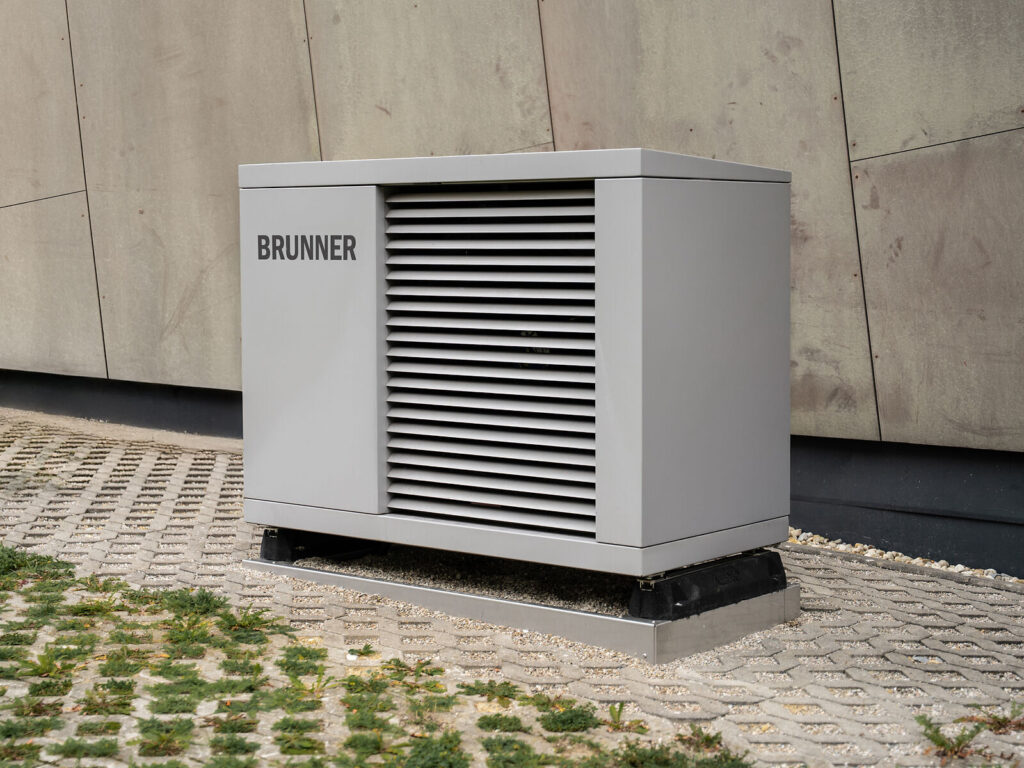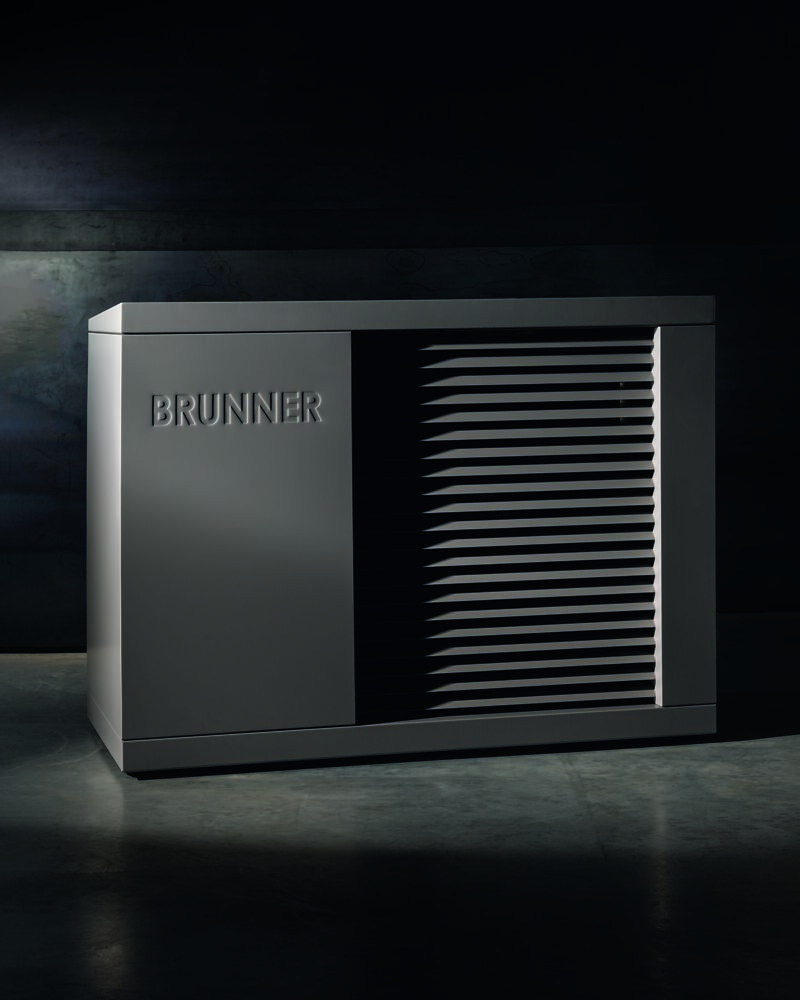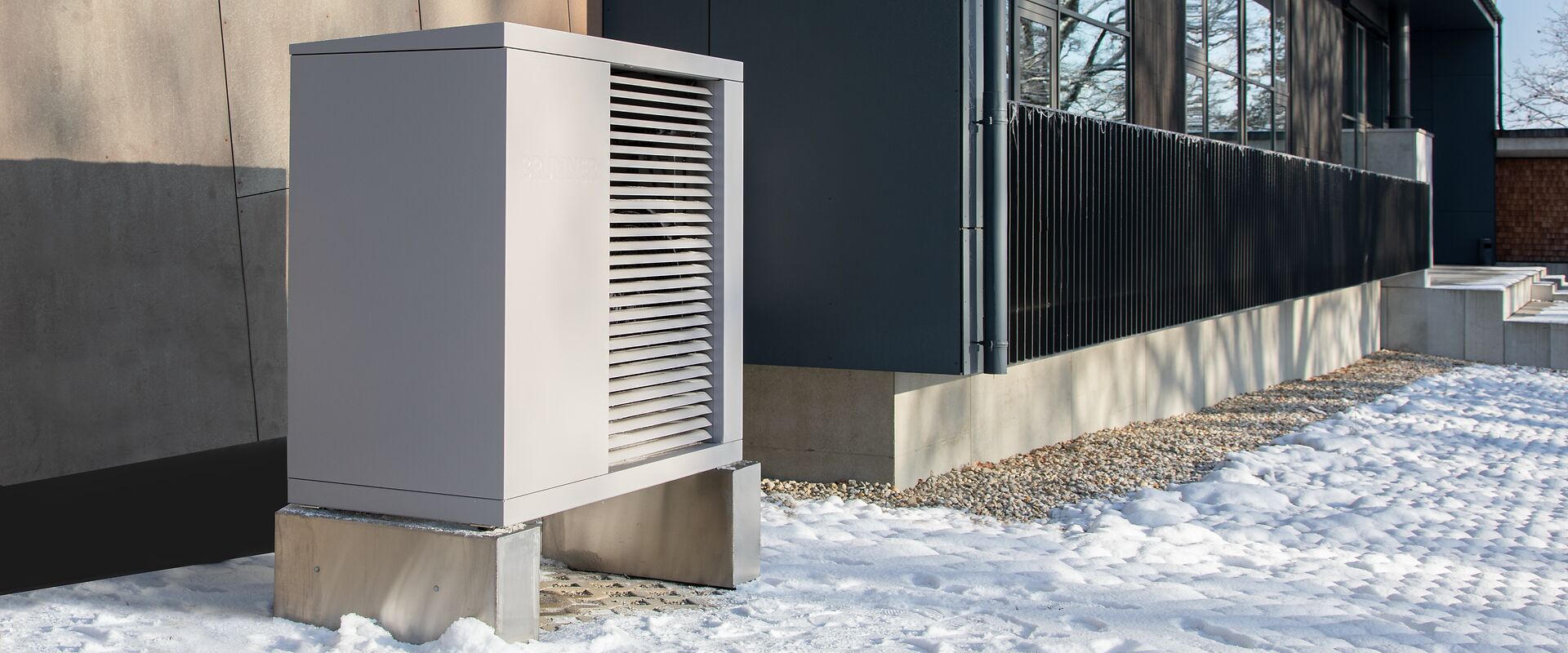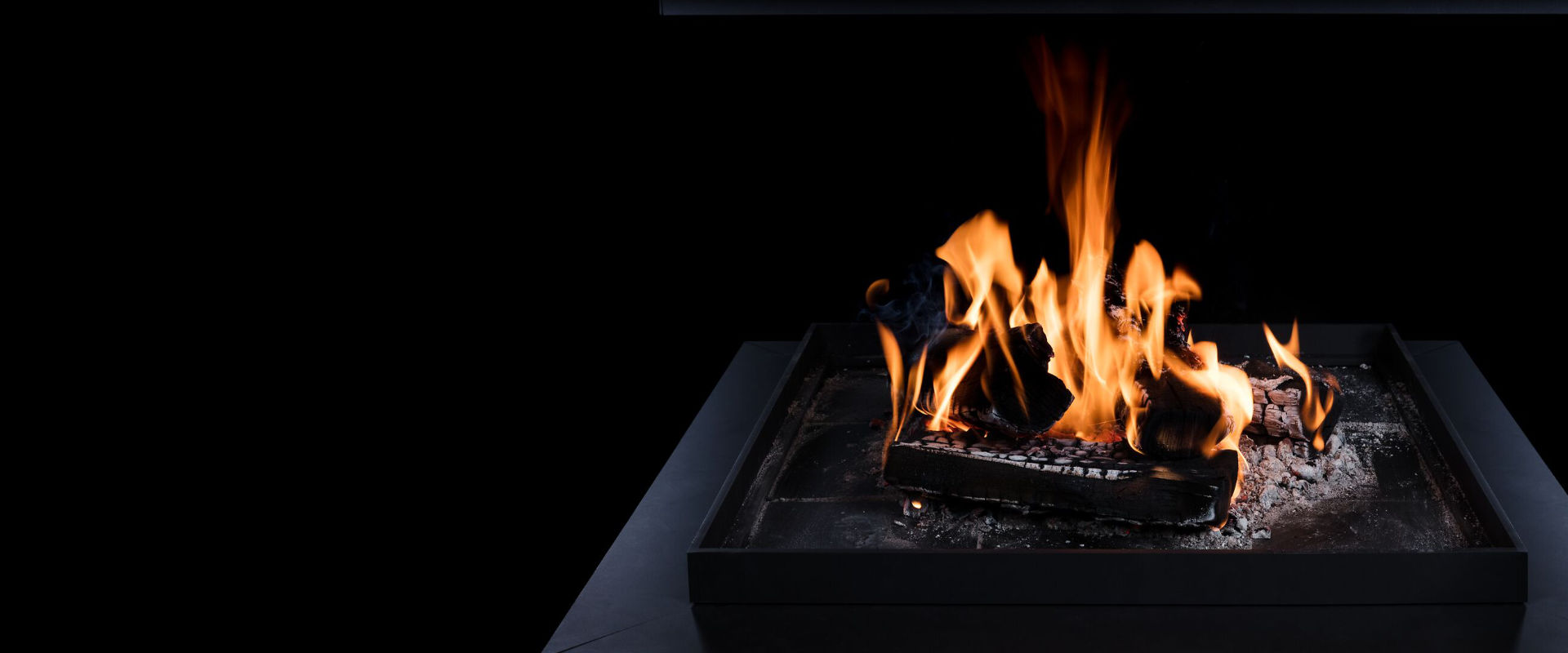The changes that took effect on January 1, 2023, affect all three subprograms of the BEG:
- Residential buildings, BEG WG: Applies to existing homes that are to be renovated into an efficiency house in a single step.
- Non-residential buildings, BEG NWG: Applies the same funding conditions for residential buildings to commercial or mixed-use properties.
- Individual measures, BEG EM: Covers heating system replacements, heating optimization, window upgrades, and building insulation improvements.
As of March 1, 2023, a fourth BEG guideline will be added, defining funding for “climate-friendly new construction.”

Are heat pumps still subsidized in 2023?
Yes, heat pumps continue to receive subsidies and even qualify for the highest BEG funding rates – but there are new requirements:
- Although heat pumps operate entirely on renewable energy by extracting heat from the ground, groundwater, or air, they still require electricity to function. The rule is simple: the less electricity needed to produce more heat, the better. To remain eligible for subsidies in 2023 and beyond, a heat pump must be efficient. This efficiency is measured by the seasonal performance factor (SPF), which must be at least 2.7. This means that with one kilowatt hour (kWh) of electricity, the heat pump must generate 2.7 kWh of heating energy, of which 1.7 kWh comes from renewable sources.
- The heat pump must also have an energy consumption and efficiency display, allowing users to optimize their operating behavior and save energy.
- Starting January 1, 2024, and again in 2026, stricter requirements will apply to noise emissions. The permissible noise limits for outdoor air-to-water heat pump units will be gradually reduced.
- Additionally, certain seasonal space heating efficiency levels must be met. From 2024 onward, heat pumps are only eligible for subsidies if they reach the following values under average climate conditions at flow temperatures of 35°C and 55°C:
145% and 125%, respectively, for air-source heat pumps
180% and 140%, respectively, for ground-source, water-source, or other types of heat pumps
The administrative effort for applying for funding has also increased significantly since 2023, as additional documentation must be provided.
BAFA funding (BEG) for heat pumps
The BEG aims to accelerate the transition from fossil-fuel heating systems – primarily oil and gas – to renewable heating technologies, especially through the installation of heat pumps. The Federal Office for Economic Affairs and Export Control (BAFA) is responsible for managing subsidies for individual measures. Funding can reach up to 60,000 euros per residential unit. The exact grant amount depends mainly on how much the CO₂ emissions are reduced by the measure. Depending on the system, the subsidy rate for a heat pump can be up to 40%.
If a complete building renovation to an energy-efficient house is planned, the KfW (Kreditanstalt für Wiederaufbau) is responsible instead of BAFA, offering low-interest loans with repayment grants.
What is the BEG?
The BEG (Federal Funding for Efficient Buildings) is a government support program that provides financial aid to owners of single-family homes, multi-family homes, and non-residential buildings for measures that reduce greenhouse gas emissions. According to studies by the Federal Environment Agency, around 15% of Germany’s climate-damaging emissions come from the building sector – primarily from heating spaces and water.
The main goal of the BEG is therefore to reduce CO₂ emissions caused by heating. Most of its funds are allocated to heating system replacements and building renovations. The overarching target: by 2045, Germany’s building stock should be climate-neutral.
Heat pump subsidies – 2023 changes at a glance
Starting in 2023, heat pumps are still eligible for the standard 25 percent subsidy, plus an additional 10 percent bonus when replacing an existing heating system and 5 percent if water, geothermal, or wastewater heat sources are used.
A new 5 percent bonus is available for heat pumps that use a natural refrigerant. Beginning in January 2028, only heat pumps with natural refrigerants will be eligible for funding.
It’s important to note that the efficiency bonus and the refrigerant bonus cannot be combined. Nevertheless, a total subsidy of up to 40 percent can still be achieved.

The BRUNNER solution: the BWP 9 green heat pump
The BRUNNER BWP 4/14 “green” operates with environmentally friendly propane and qualifies for a 5 percent subsidy. But propane offers even more advantages.
Its physical properties are superior to those of conventional refrigerants, allowing for a higher flow temperature and thus greater energy output, which ultimately saves costs.
Propane also has extremely low GWP values, which describe the global warming potential of a refrigerant. The BRUNNER BWP 4/14 green heat pump is certified for its outstanding quality and compliance with GWP standards.
In addition, it has been tested and approved by TÜV. Another benefit of using propane is that the heat pump does not require the usual annual inspection.
Conclusion
Anyone planning to renovate their heating system should consider replacing fossil fuels with renewable energy sources and seek detailed advice on the current subsidy programs. With the right choice of heat pump, funding of up to 40 percent is possible. In addition, the more efficient the heat pump, the lower the operating costs and the gentler the impact on the environment.




